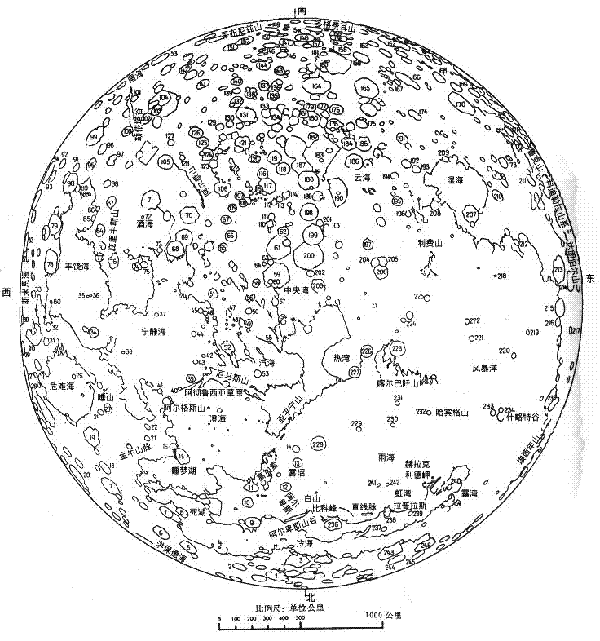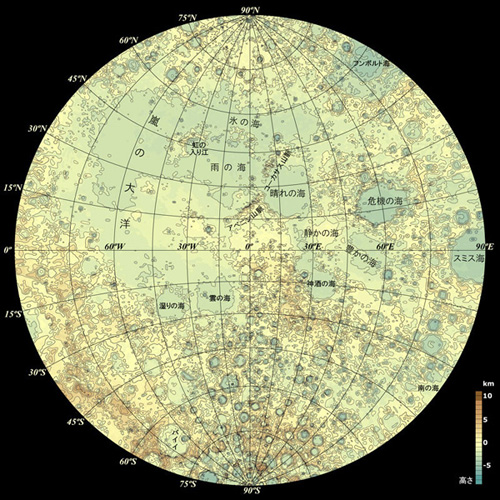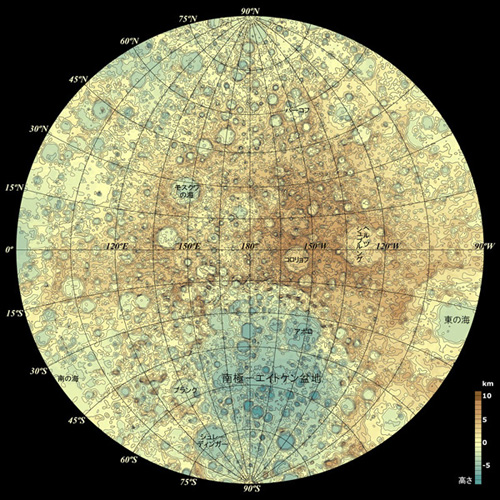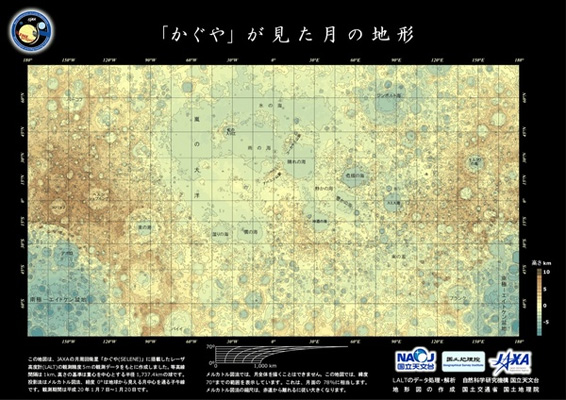
If we were asked to make a scale model of the Milky Way Galaxy on a gymnasium floor, using sand – the questions arise– how much sand to represent our 200 billion stars and how much of the gym floor would we need to spread out the sand? It has been calculated that a railway box car full of sand would just be enough and the gym would be too small – you would need spread the sand out over 125,000 miles, or about half way to our moon. The 125,000 mile circle of sand grains would model the true diameter of our home galaxy – about 90,000 light years. On the same scale, our nearest neighboring island universe, the Andromeda Galaxy, 2,500,000 light years away, would be found 28 times further than the halfway point to the moon, or 3 million 500 thousand miles away - and it would be just another boxcar full of sand spread out in a whispy disc. Edwin Hubble found that all galaxies are receding from us – the further away a galaxy is found, the faster it is fleeing – so we conclude that spacetime itself is expanding and the galaxies like spots on a balloon being blown up, get further and further apart as the balloon expands. By playing this movie backwards, it was concluded that at a point in time about 15 billion years ago, the universe was a very tiny place which began to expand and is continuing to do so. Here’s some information about Hubble, after whom the Hubble Telescope was named.


























所有评论